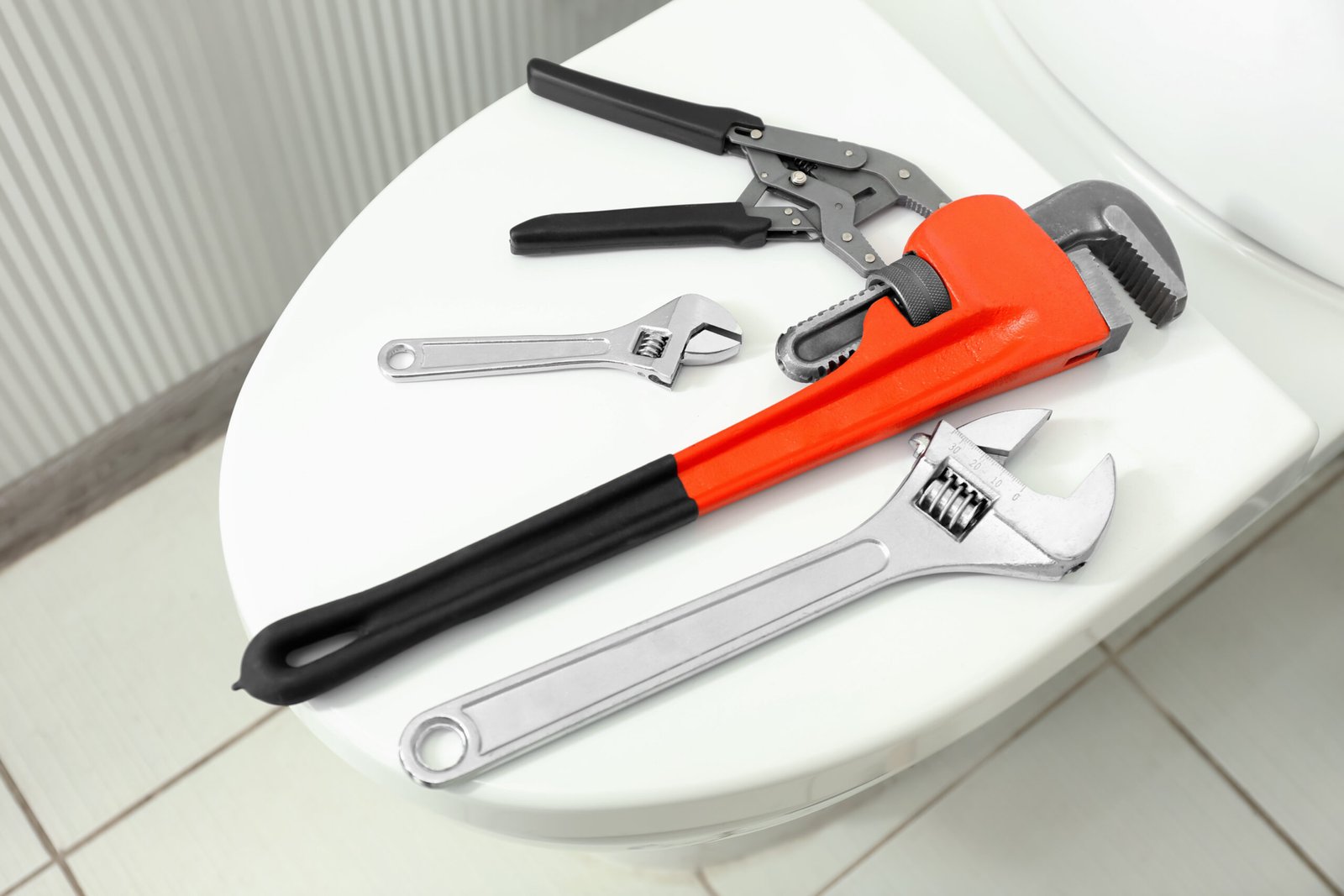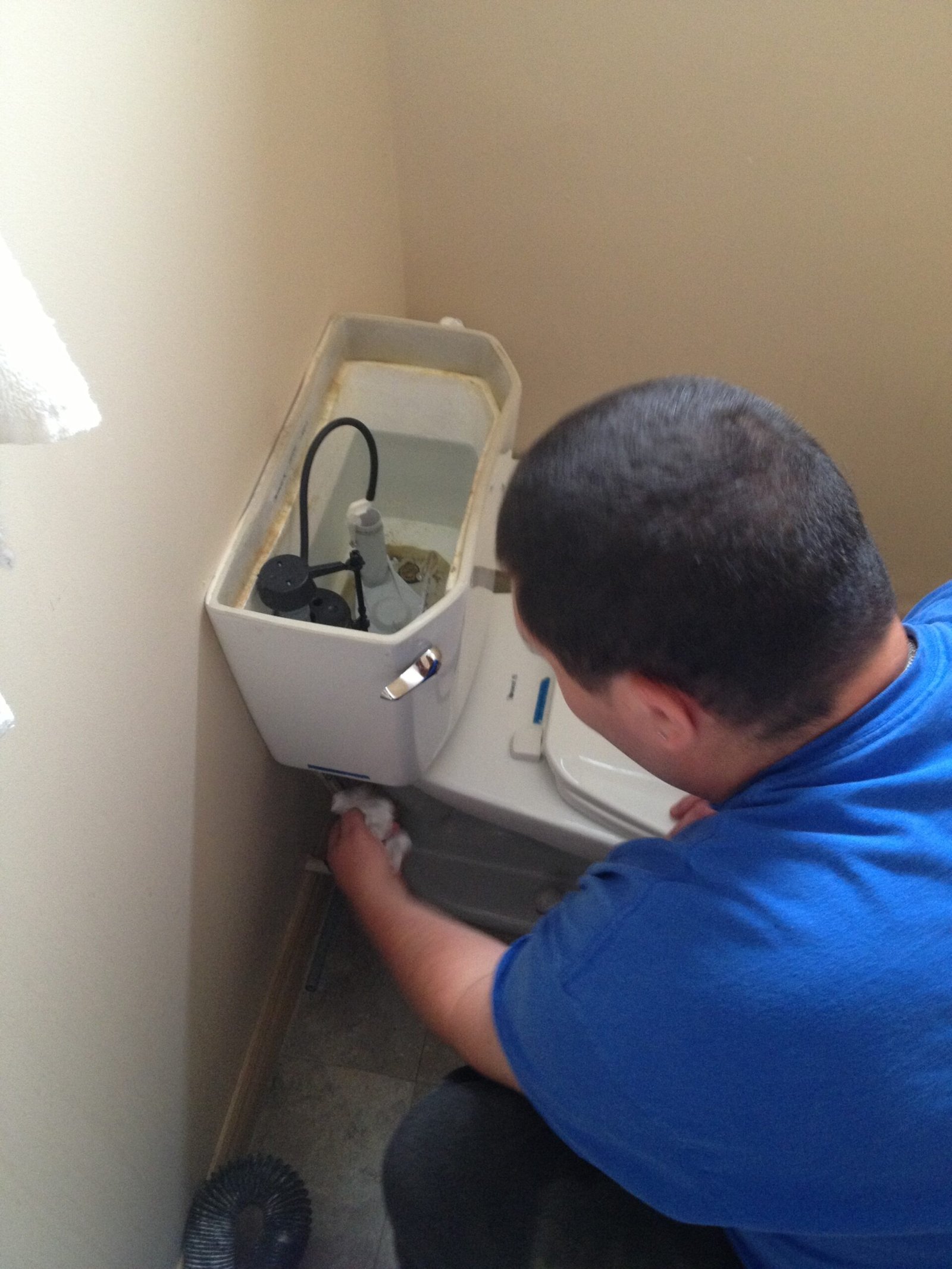Toilet Plumbing
Toilet Installation, Repair & Replacement
Need to repair or replace your toilet? Our Licensed Toronto Plumbers have successfully performed 5000+ toilet plumbing projects across GTA and surrounding areas. Plus, with every toilet installation our technician will also check the plumbing system in your home for free!
Toilet Plumbing Expert
Service by ANTA Plumbing
At ANTA Plumbing, we specialize in toilet installation, toilet repair, and toilet replacement, servicing both residential and commercial clients in Toronto and surrounding areas. For immediate assistance please call our 24/7 emergency plumbing hotline at 416-231-3331 or request free toilet plumbing estimate online!

Are you out of town or off-site and can’t be present during toilet plumbing service?
We can deliver and perform the toilet installation or toilet repair and the remove the old toilet for your tenant or parents.
All payments for our toilet plumbing services can be made online via secure check out service.
- Plumbing services for Property Management
- Plumbing services for landlords
- Plumbing services for elderly parents and relatives in charge
- Plumbing services for commercial branches
- Drain cleaning for tenants
- Drain repair for tenants
- Drain installation for contractors
Whether you are away on vacation, cannot be present during the plumbing service job such as toilet installation, or even when your elderly parents simply need plumbing assistance – we have a unique program for our clients!
As we perform our work, we will send you quotes, pictures, and videos by e-mail or by phone, as well as you can see a video report on our YouTube Channel ANTA Plumbing https://www.youtube.com/@antaplumbing
Please note that plumbing service in condominiums requires Liability Insurance and WSIB, so please check the requirements with Condo Management.
Toilet Plumbing Tips From
Toronto Plumbers
When planning for a new toilet installation, repair, or replacement, there are several factors to consider to ensure the fixture complements your space and lifestyle needs. Here are some essential questions to ask your plumber to help guide your decision:
1. Which Type and Style Suit Your Space Best?
Toilets come in various shapes and sizes, each with benefits depending on your space. Rounded bowls are compact, fitting smaller bathrooms easily, while elongated models provide added comfort but require a bit more room. For homes and businesses alike, one-piece toilets—where the tank and bowl are seamlessly connected—offer a streamlined appearance and are easier to clean. On the other hand, two-piece toilets are more traditional and allow for flexible parts replacement over time which saves on possible toilet repair services.
2. Does the Toilet Align with Your Floor Drain?
Toilet installation depends on alignment with your floor drain for a secure, leak-free connection. While most standard drain measurements range from 10 to 12 inches from the wall to the drain center, some bathrooms may require a 14-inch model, often available by special order. A proper fit is essential to avoid costly modifications to your existing plumbing layout.
3. What Height and Dimensions Are Best for Your Bathroom?
Choosing the right height and width ensures comfortable use and avoids space issues. Standard toilet heights can range from 15 to 19 inches, with taller models often marketed as “comfort height” options, ideal for improved accessibility. If you have shelving or cabinetry above your toilet, measure carefully from the floor to the bottom of the lowest shelf to confirm enough clearance for the tank’s height.
4. Are There Smart Features or Water-Saving Options Available?
Many newer models offer advanced features, from dual-flush systems that conserve water to touchless flush technology and bidet attachments. However toilet repair cost may be a little more pricey versus toilets with less complex features. Make sure to discuss with your plumber which of these features might suit your needs, as they can improve functionality and efficiency while reducing your environmental footprint.
At ANTA Plumbing, we ensure that you find the perfect fit for your space and needs!

Get Plumbing Help Now
When you hire ANTA Plumbing for your plumbing needs, you can rely on the best service every time. Our service satisfaction guarantee means that if you are not 100% happy with our work, we will send a master plumber back to your home to repair the problem at no cost to you.
Call our team of plumbers right now at (416) 231-3331.

Toilet installation by licensed Plumber in Toronto
At ANTA Plumbing, we offer affordable options for toilet replacement to fit most budgets! Call us today at 416-231-3331 to schedule your toilet installation with a licensed plumber if your toilet:
- Is damaged or cracked
- Won’t stop running
- Has persistent flushing issues
- No longer suits your style or bathroom decor
- Consumes too much water with each flush due to its age
Our toilet plumbing team is ready to help!
Toilet Plumbing
Install or Replace Toilet
Every family can keep its water bills down – while enjoying the many conveniences of modern equipment – by a regular program of repairs and minor alterations.
Replacing an older toilet with one of the new water-efficient models can reduce water consumption by gallons a day – and you can keep the saving at a maximum using a simple adjustment that controls the length of the flush cycle.
Going through the new toilet installation process from scratch takes a good deal of plumbing expertise, but replacing a damaged or old-fashioned one with an up-to-date model is a job any householder can complete in an afternoon as no major toilet plumbing work is typically involved.
Toilet Installation
Fitting The Replacement Toilet
The replacement bowl fits over the existing drain pipe and floor flange. The tank can be connected to the existing water supply pipe, even if you are replacing an ancient wall-mounted tank with a modern toilet that has the tank mounted on the rear of the bowl. Water-saving models, built with lower tanks and narrower bowl traps to release about a third less water at each flush, are installed in exactly the same way as the conventional type.
When purchasing a new toilet, a key thing to consider is the “rough-in distance” – the measurement from the wall behind the toilet to the center of the drainpipe. It’s essential to measure this accurately, as your toilet plumbing supplier will need this information to ensure the new toilet fits perfectly in the same space as the old one.
The new toilet’s tank will typically come with its internal mechanisms pre-installed, along with the necessary washers, gaskets, and hardware for attaching the tank to the bowl. However, you may need to purchase separate hold-down bolts for securing the tank to the floor – be sure to confirm this with your supplier.


Toilet Installation
Connecting the Water
Toilet Installation
Step by Step Guide
With the old bowl still in place, locate the hold-down bolts that secure the bowl to the floor. Measure from the center of the bolts to the wall behind the bowl. This is the rough-in distance – it determines the exact location of the concealed drain pipe to the wall. The rough-in distance of the new bowl may be somewhat shorter than that of the old one, but it must never be longer or there will not be enough space for your new toilet.
Clogged Toilet Repair
Complete Toilet Drain Cleaning
New toilets use no more than 1.6 gallons of water per flush; older toilets use from 3 to 5 gallons. Newer gravity-flush models increase pressure by maximizing water flow through more efficient hole designs. But even new models can be clogged by toilet paper or solid objects dropped accidentally in.
Check other plumbing fixtures – if something else is clogged, for example, kitchen sink and shower drain show some signs of water backup, you should call a professional plumber. Most likely there is a major blockage in a main sewer line which need to be dealt with by a professional plumber specializing in toilet plumbing services.

Clogged Toilet Repair
with a Toilet Auger

Clogged Toilet Repair
with a Toilet Plunger


Toilet Plumbing
Toilet Plumbing
what is Toilet Flange?
You will need to understand basic plumbing structure and mechanics to re-install a flange, but don’t fret if you don’t know it. Our Toronto plumbers are standing by to help you, so don’t hesitate to call us here in Toronto @416-231-3331 or Oakville, Burlington office @905-332-1230. You can also e-mail us at info@antaplumbing.com and book your appointment with us today.

Toilet Repair Toilet Recommendations Sizes
Most toilets are roughly the same size, but it’s still a good idea to measure your existing toilet and tank. Shapes differ, so they may be rounded or elongated, and elongated toilets are great for commercial use though toilet repair service on those designs may be a little more expensive.
- Style: most toilets have two pieces (tank plus bowl), however one-piece models are also available. The designs of these toilets also vary.
- Efficiency: water-efficient toilets use less water per flush, which means that you save both the environment and your pocket.
Toilet Plumbing – Drain Repairs

Here are a few expert toilet plumbing tips for some of the simpler procedures of toilet drain repair.
- Turn off the water source when doing toilet drain repair
- Simply reach down to the left side of the toilet and turn the shutoff valve to the right to stop the flow of water
- Slow-moving toilet water is a sign of a toilet that flushes too often into clogged drainpipes and then overflowing. A running toilet will continually run after flushing, consuming vast amounts of water in very little time.
- When your toilet is running remove the lid from the tank and set it aside safely then check, the ball cock or the valve that attaches to the float; if you find water, running from the valve it needs replacement and if you need help our plumber is the one to call 416-231-3331
- If your toilet is running constantly, remove the lid from the tank and set it aside safely. Check, the ball cock or the valve that attaches to the float – if you find water running from the valve it needs replacement. At this point make sure to contact a professional plumber for your toilet repair project if you are not completely confident that this is something you can fix yourself.
- You should also check the rubber flap at the bottom of the tank if there is no leak in the valve. Simply press down gently and see if the water flow stops; if it does, the flap will need replacing and our licensed plumber is equipped to do the job.
- Check the chain that attaches the flapper to the handle, as sometimes the problem is fixable by adjusting or replacing the chain.
- Toilet leaking? Find the area that needs repair by adding just a small drop of food coloring to the water in the tank.
Depending on the toilet drain problem, you can do this yourself, or you can hire our expert and licensed plumbers to help you with your toilet repair.
Get Plumbing Help Now
When you hire ANTA Plumbing for your plumbing needs, you can rely on the best service every time. Our service satisfaction guarantee means that if you are not 100% happy with our work, we will send a master plumber back to your home to repair the problem at no cost to you.
Call our team of plumbers right now at (416) 231-3331.
